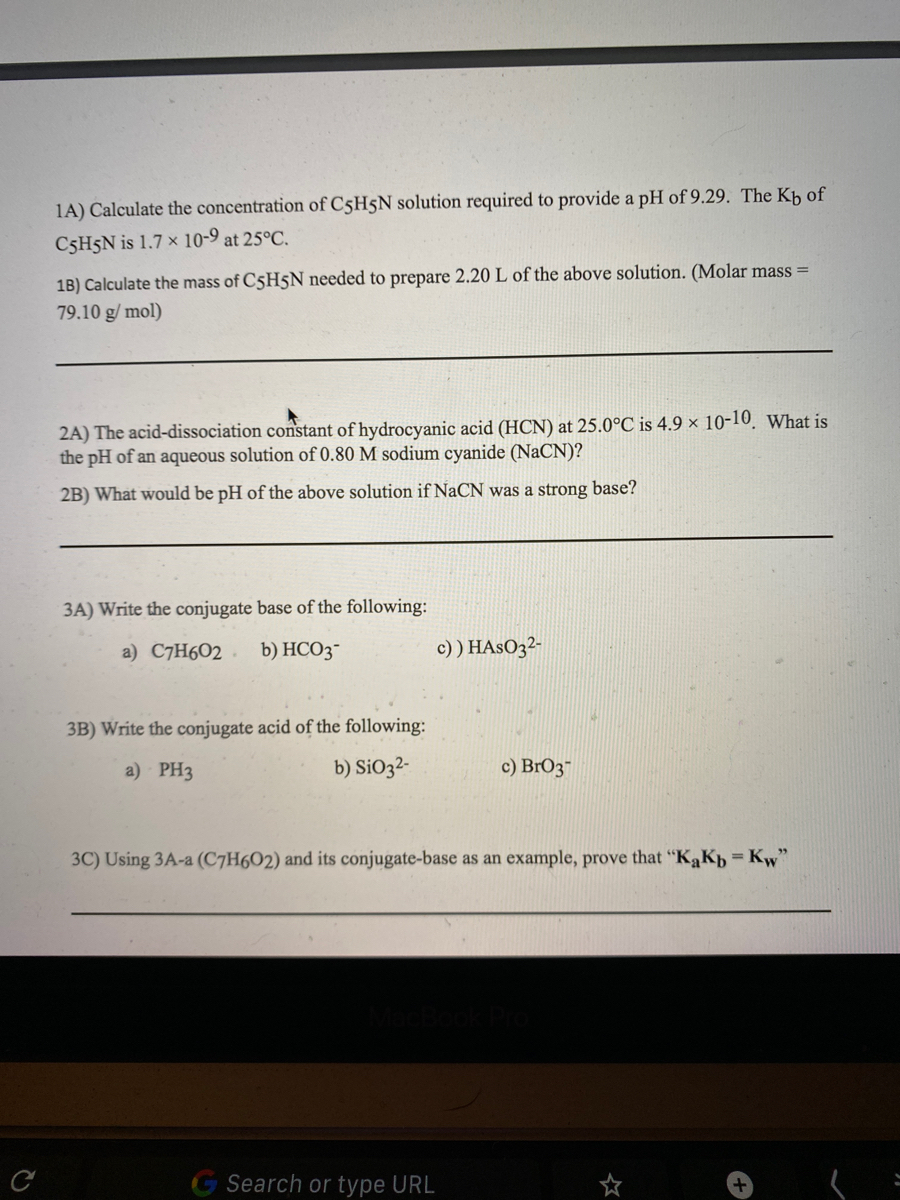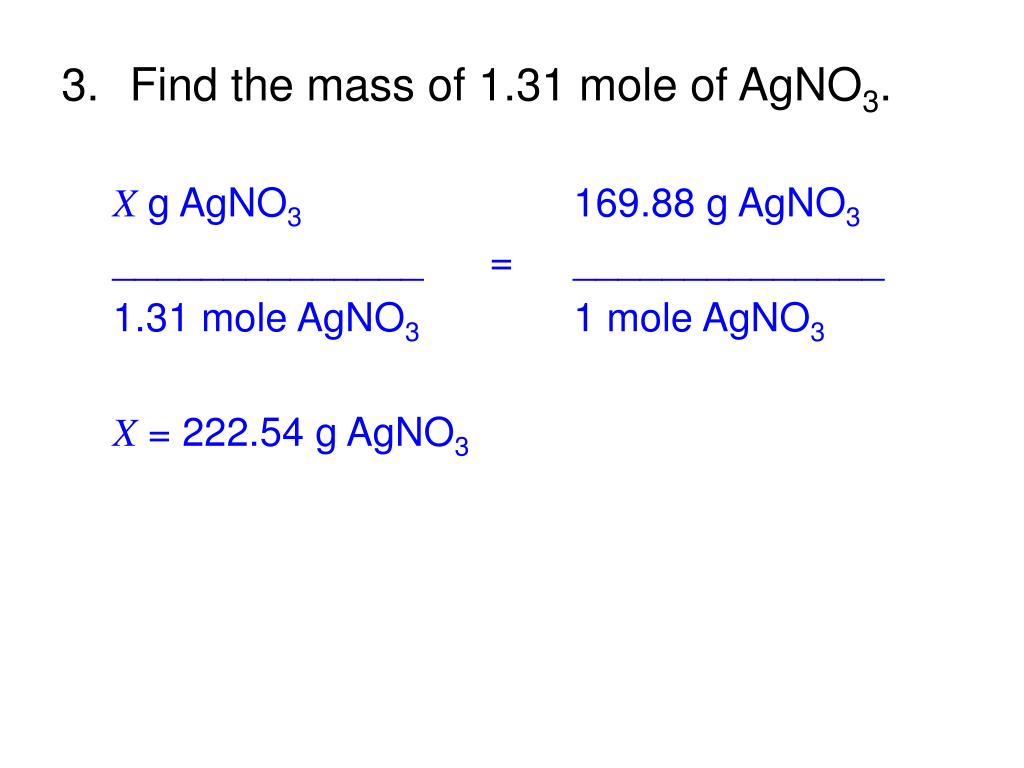
How many grams of Ag2CO3 will precipitate when excess K2CO3 solution is added to 70.0 mL of 0.692 M AgNO3 solution? 2AgNO3(aq) + K2CO3(aq) -> Ag2CO3(s) + 2KNO3(aq)

Write an expression for the balloon's height at "m" minutes. Make a table to show the pattern of heights. Find it's height after six, eight, and ten minutes. A hot air balloon is at a height of 2,250 feet. How many grams of NaCl would be required to react with 132 mL of 0.719 M AgNO3 solution? Answer in units of grams.ģ. Silver nitrate (AgNO3) reacts with sodium chloride as indicated by the equation AgNO3 + NaCl → AgCl + NaNO3. can you please explain the universal steps for me What mass of solid AgBr is produced when 100.0 mL of 0.150 M AgNO3 is added to 20.0mL of 1.00 MNaBr? i keep getting the answer 3.75 g however when i checked in the back of the book it gives me 2.82 g. Mix 1 mL of the 100 mM sucrose and 199 mL of water. Mix 50 mL of the 100 mM sucrose and 150 mL of water. Mix 20 mL of the 100 mM sucrose and 180 mL of water.

#AGNO3 MOLAR MASS SKIN#
Skin or eye contact to small amounts of silver nitrate or its dilute solutions will cause greyish-black staining of the tissues (called argyria), while exposure to higher concentrations can cause burns.How will you make a 200 mL solution of 1 mM sucrose from a 0.1 M sucrose solution? 1. It is used in very dilute solutions for medical applications.

Health effects/safety hazards: Silver nitrate is toxic and corrosive and must be handled with care. Its other applications include preparation of photographic films and explosives, manufacture of many silver compounds, analytical reagent, biological staining agent, and organic synthesis. Thus, it is used for treating some infections, warts, and ulcers and is also used as a cauterizing agent and a disinfectant. Uses: Silver nitrate has several medical uses as it has antiseptic properties. Silver nitrate is fairly stable to light and heat, but decomposes when heated to higher temperatures to give metallic silver along with toxic NO 2 gas: Thus, it is a useful starting material for making many different silver compounds including silver halides, silver oxide, etc., as well as different metal nitrates such as copper nitrate. It is an oxidizing agent and is quite reactive as the nitrate ion can be easily replaced by other groups. Unlike many other silver salts, it is not sensitive to light. Physical properties: Silver nitrate is found as a white odorless solid with a density of 4.35 g/mL, melting point of 210 ☌ and boiling point of 440 ☌.Ĭhemical properties: Silver nitrate is water soluble and non-hygroscopic. Preparation: Silver nitrate is prepared industrially by reacting elemental silver with either dilute or concentrated nitric acid to give silver nitrate along with nitrogen oxides (NO or NO 2) as byproduct.ģ Ag + 4 HNO 3 (dilute) → 3 AgNO 3 + 2 H 2O + NOĪg + 2 HNO 3 (concentrated) → AgNO 3 + H 2O + NO 2 It is a salt, and its chemical structure consists of the silver cation (Ag +) and the nitrate ion (NO 3 -), in which the central nitrogen atom is covalently bonded to three oxygen atoms with a net charge of -1. Formula and structure: The chemical formula of silver nitrate is AgNO 3, and its molar mass is 169.87 g/mol.


 0 kommentar(er)
0 kommentar(er)
